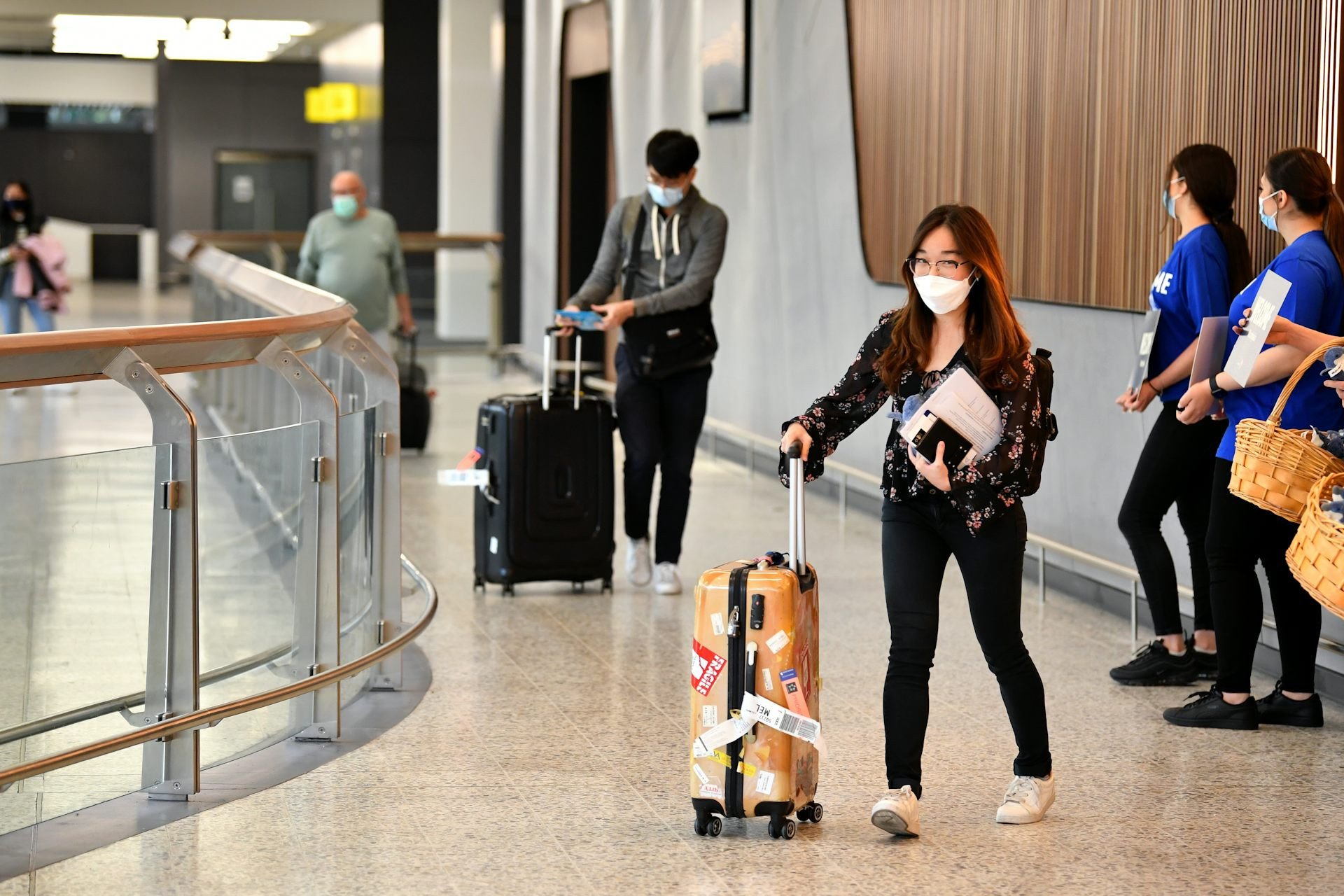A New Era of Restraint: Australia Caps International Student Enrollment
This week, Australia's Education Minister, Jason Clare, made a significant announcement that will likely reshape the landscape of international education in the country. Starting in 2025, Australian universities, TAFEs, and vocational colleges will be subject to caps on the number of international students they can enroll. While this move aims to manage record levels of migration, it also raises concerns about potential economic and social ramifications.
The Rationale Behind the Caps
The government cites concerns about a surge in international student numbers after borders reopened post-pandemic. This surge, while viewed by some as a short-term consequence of COVID-19 recovery, fueled anxieties about uncontrolled immigration. The Australian government is not alone in implementing such measures. Canada, for instance, has capped the number of study permits for international students, aiming to reduce new enrollments in vocational and undergraduate programs by 35% in 2024.
A Complex System with Unforeseen Consequences
Australia's approach is far from straightforward. It involves a complex formula that applies differently to various institutions and student groups. This complexity makes it difficult for institutions to fully grasp the impact on their future enrollments. The long-term effects on the education sector are still uncertain, and many details remain undisclosed.
Winners and Losers
Australia's largest universities, which have high proportions of international students, will face the most significant cuts. Universities with fewer international students will see less impact. Private tertiary providers are also expected to experience substantial cuts. The end result is likely to make it harder for international students to secure placements at prestigious institutions in Sydney and Melbourne. There will be fewer spots available in private colleges for lower-cost vocational programs. Public universities and TAFEs with lower existing international student enrollments are expected to benefit from this shift.
The Bigger Picture: Balancing Economic Growth and Social Concerns
Australia's decision to cap international student enrollment reflects a broader trend among developed countries grappling with managing migration levels. Canada, the UK, and even the Netherlands have implemented similar policies in recent years. This trend is driven by anxieties about the impact of migration on jobs, housing markets, and local communities. However, this approach ignores the significant economic contributions made by international students and workers, often filling essential labor gaps.
Looking Ahead: A Need for Balanced Solutions
The Australian government's decision to cap international student enrollment highlights the challenges of balancing economic growth with social concerns. While the move aims to control migration levels and address concerns about housing affordability, it could also have unforeseen consequences for the education sector and the country's economy. Moving forward, a more balanced approach is needed to ensure that Australia's international education sector continues to thrive without placing undue strain on its resources and infrastructure. A collaborative approach between the government, universities, and stakeholders is crucial to navigating the complexities of this issue.
Final Thoughts: More Than Just Numbers
The Australian government's cap on international student enrollment is not simply about limiting numbers; it's about shaping the future of Australia's education sector and its place in a globalized world. It's a reminder that managing migration in a diverse and interconnected world requires a delicate balance of economic considerations, social anxieties, and a commitment to long-term sustainability.


















